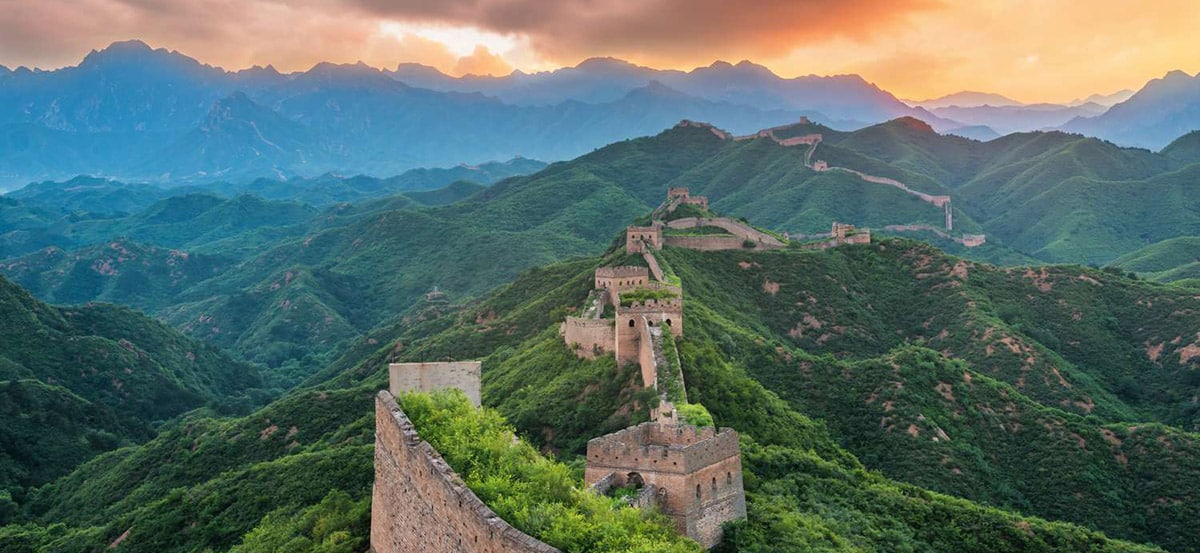
One of the wonders of our history is the Gran Muralla China. It is a sample of what ingenuity and human perseverance can do, and if you go on a trip to China, it is one of the treasures that you cannot miss.
But who built the wall of china? When and why?
Gran Muralla China
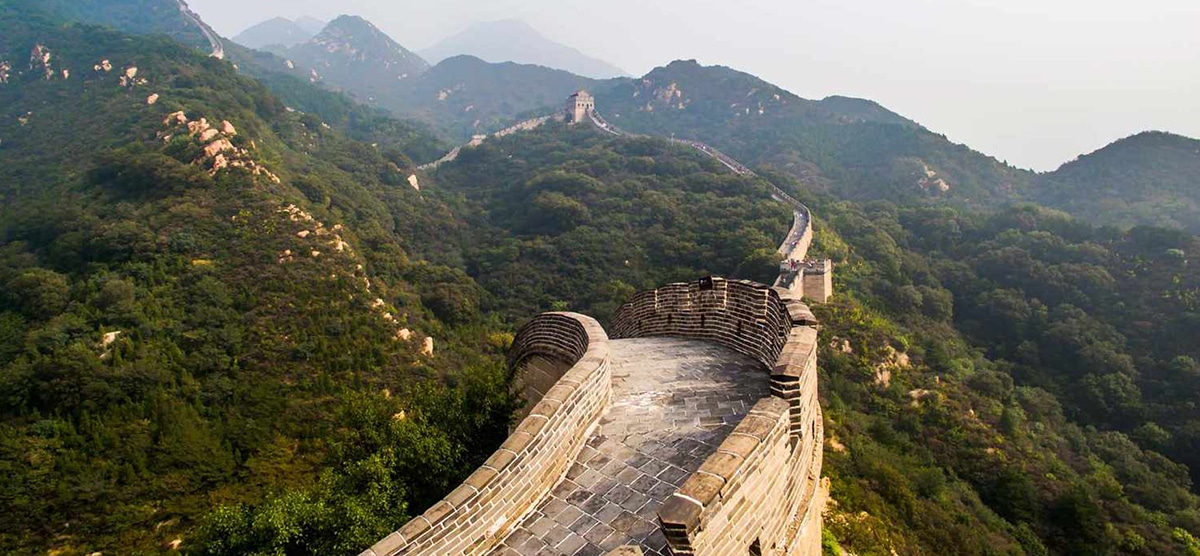
More than a single wall, the Great Wall of China It is a series of fortifications that were built along the northern borders of ancient China to protect themselves from nomadic groups from the Eurasian steppe.
The Chinese were already building walls and forts to protect their domains, always thinking of armies or groups armed with swords and bows, so those old walls were built with stones and earth. By then China was divided into different states that were fighting each other and how it happened in other parts of the world there is always a winner and unifying, and in the case of China the first emperor was that of the Qin dynasty in 221 BC
He ordered that all those defenses be destroyed, since the idea was to have a unified country, but kept and ordered to build more in the north, because from there came an external danger. The hauling of materials was not easy, so the crews were always trying to get hold of the materials on-site. No information has survived to this day on the exact length of these defensive constructions, but it was not something of a year or days, but of centuries of permanent work.
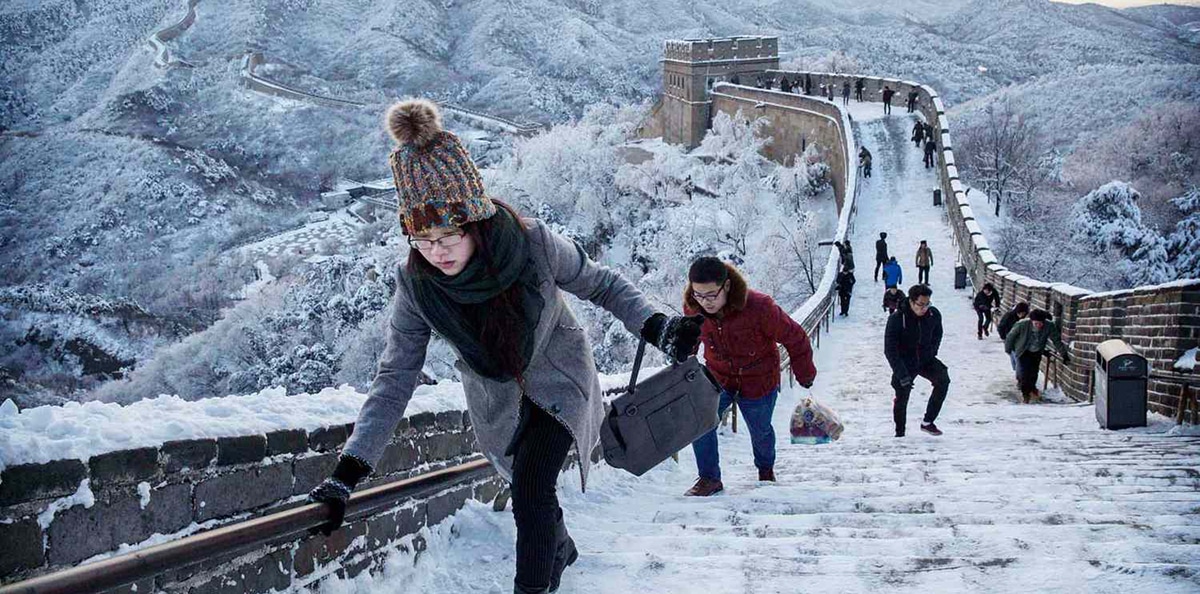
The construction was not kept within the government of the Qin dynasty but rather went further and the emperors of the Han and Sui dynasties continued with the works. Other dynasties like the Tang or Song did not dedicate much, but other feudal lords did, according to their particular situations, so we see walls even in Inner Mongolia.
should have arrived Ming Dynasty, in the XNUMXth century, so that the idea of a huge and extensive defensive wall will once again gain force. The Mongols lurked and it was hard to control them so the walls rose again in the northern territories and followed the profile of the Ordos Desert, controlled by the Mongols. But these walls they were different, stronger and more elaborate because bricks and stones were used instead of earth.
In addition, about 25 thousand towers arose, but since the Mongols were very difficult to control the wall was constantly maintained, rebuilt, reinforced. For example, the sections near the capital, Beijing, are among the strongest. Each emperor had his part and thus, the Ming had to face not the Mongols but the Manchu invasions in the XNUMXth century.
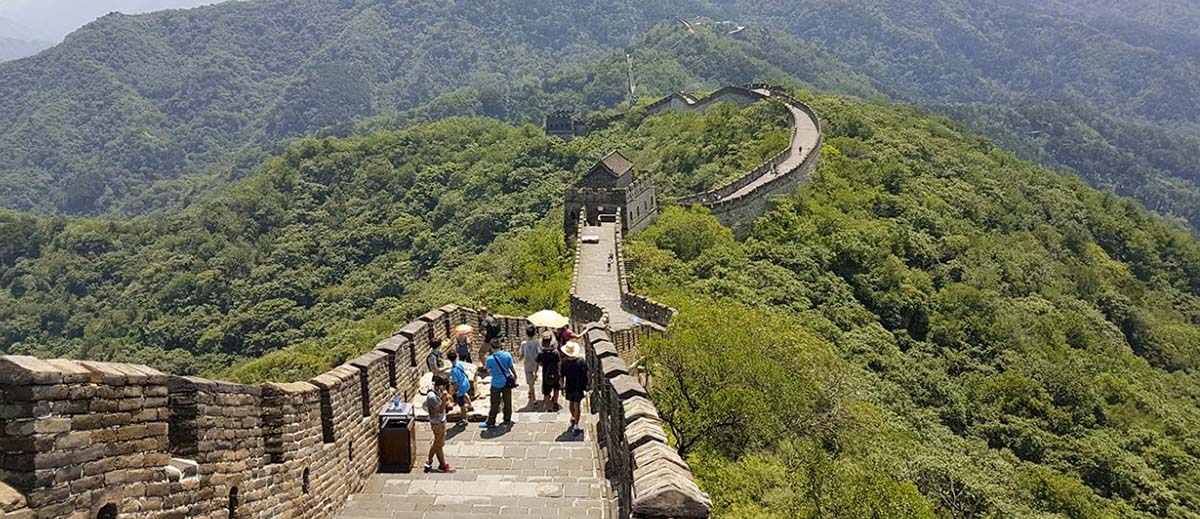
But if you know anything about Chinese history, the Manchus must sound familiar to you, so yes, one fine day the invaders managed to cross the Great Wall of China and Beijing fell in the year 1644. An alliance was signed but in the end the Manchus ended the Shun dynasty and what was left of the Ming and consolidated the Qing Dynasty throughout China. Under this dynasty, China grew and shone, Mongolia was annexed to its territories, so the maintenance of the Great Wall of China was no longer necessary.
China is a world unto itself, the Chinese have never cared much for the rest of the world except for trade. Thus, the Europeans had not heard much about the wonder of the Great Wall or if they had heard, they had not seen it. Even Marco Polo. But of course, it doesn't matter what China wants, but rather greedy Europe, so finally the Chinese had to open their country (after the two Opium Wars against Great Britain and France), and there, yes, the Great Wall was the protagonist.
In short, it can be said that The Great Wall of China is actually made up of several sections built by various emperors consisting of ramparts, towers, ramps, individual buildings, and steps. Thus, it is said that there are two clearly distinctive walls: the Han Great Wall and the Ming Great Wall, sections of which continue to be discovered.
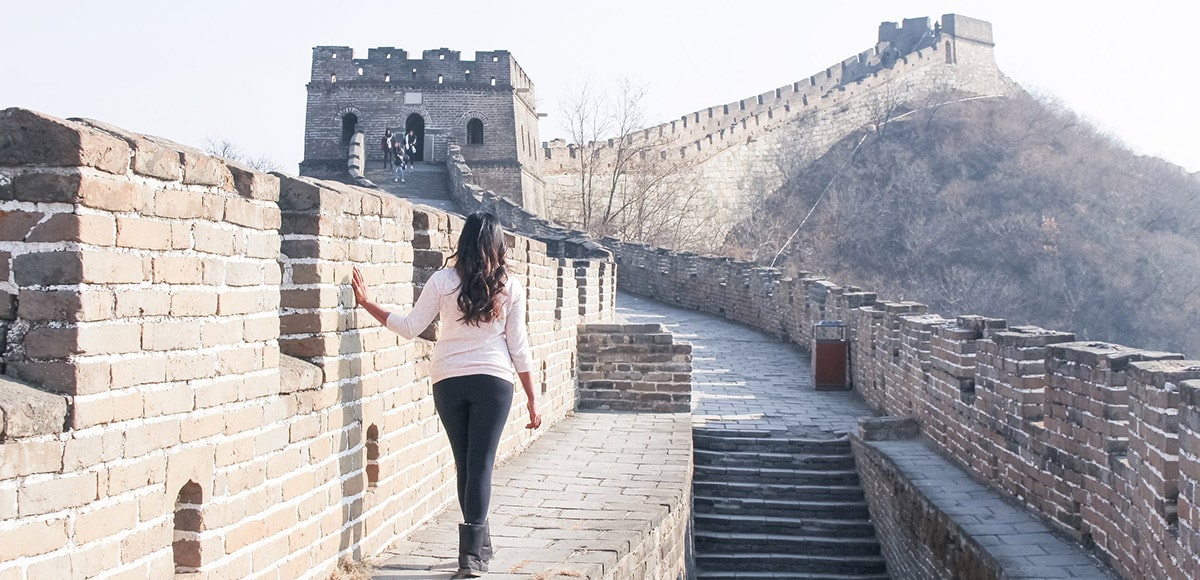
If you go to China the section near Beijing is the most popular and in better condition. In fact, you can even get there by metro. Later, as you go deeper into the country, you can come to see older sections, less maintained, in ruins, eaten by vegetation, and there are even other vandalized parts. 22% of the Ming wall, for example, has been lost forever, while it is estimated that many kilometers of Gansu province will be lost in the future due to erosion.
Visit the Great Wall of China
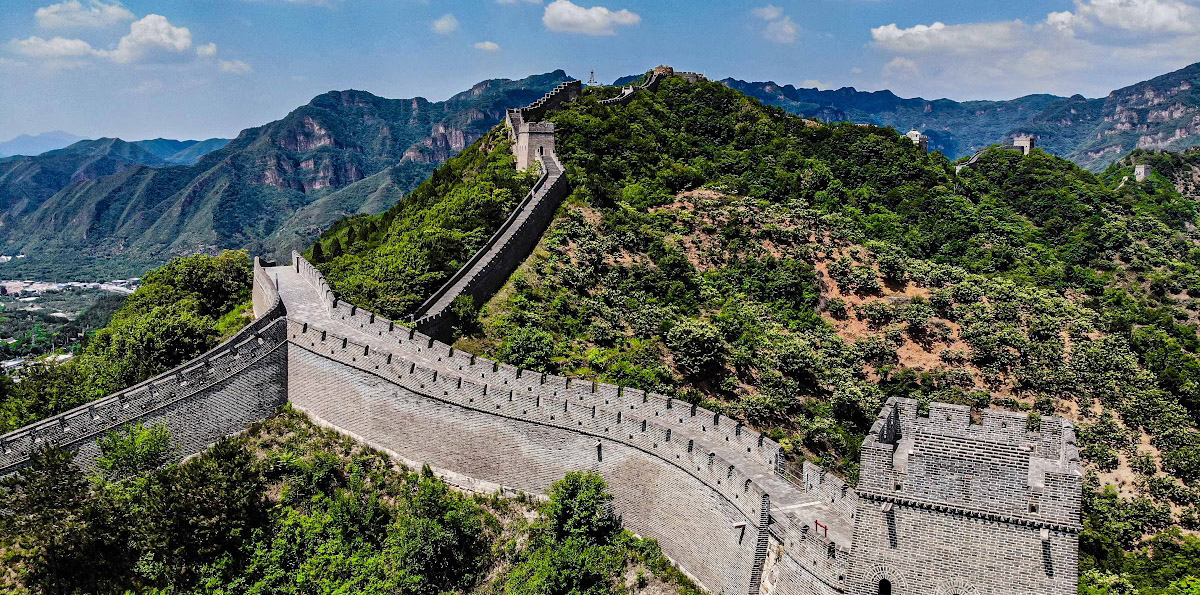
So, it is clear to us that the Great Wall is not a single and extensive wall but different parts of constructions. Spread across 16 provinces, cities and regions autonomous such as Inner Mongolia, Shanxi, Shaanxi, Shandong, Henan, Hebei, Gansu, Liaoning, Beijing, Ningxia, Tianjin and many more places.
Considering then the location, the landscape, the transport and the tourist facilities we can say that there are seven sections of the Great Wall of China that are the most popular to visit:
- Mutianyu: It is a restored section, with beautiful landscapes, not so difficult to walk, with few people. It has a cable car and it is 74 kilometers from the center.
- jianshanling: half wild, half restored. Beautiful landscapes, a little more difficult to walk, with few people, with a cable car and 154 km from the city.
- Simatai: It is a wild section, without tourists, 140 km from the center.
- jiankou: It is wild, it is 72 km from the center, it does not have a cableway.
- huanghuacheng: half restored/half rough. It is 80 km from the center, it does not have a cableway.
- Gubeiko: quite wild, with no visible restorations. Beautiful landscapes, 144 km from the center, without cableway.
- juyongguan: this section is restored, there are always visitors. It is 56 km from the center and it does have a cable car.
- badaling: Restored, always very crowded, 75 km from the center. With cableway.
If you travel with children, in general terms, the best section is Mutianyu. The walk is nice, but if you are serious about walking then you can choose a couple of wall sections at Jinshaling, Simatai and Gubebou. I'm talking about walks of one or two days. And if you already know something about the Great Wall, well, the section in Huanghuacheng is super attractive, with a part that looks out over a lake, for example.
Finally, another characterization of which parts of the Great Wall of China to visit:
- The best restored: Mutianyu
- The most beautiful: Jinshanling.
- The most rugged of all: Jiankou
And they are followed by Simatai, Huanghuacheng, Gubeiko, Juyongguan, Huangyaguan, Shanhaiguan and the most popular of all, Badaling.